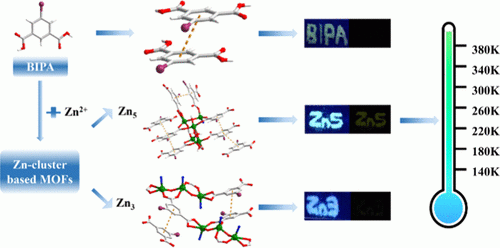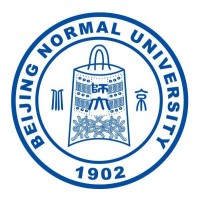Cluster-Based Metal–Organic Frameworks: Modulated Singlet–Triplet Excited States and Temperature-Responsive Phosphorescent Switch
2018
期刊
ACS Applied Materials & Interfaces

- 卷 10
- 期 40
- 页码 34377-34384
- American Chemical Society (ACS)
- ISSN: 1944-8244
- DOI: 10.1021/acsami.8b11039
